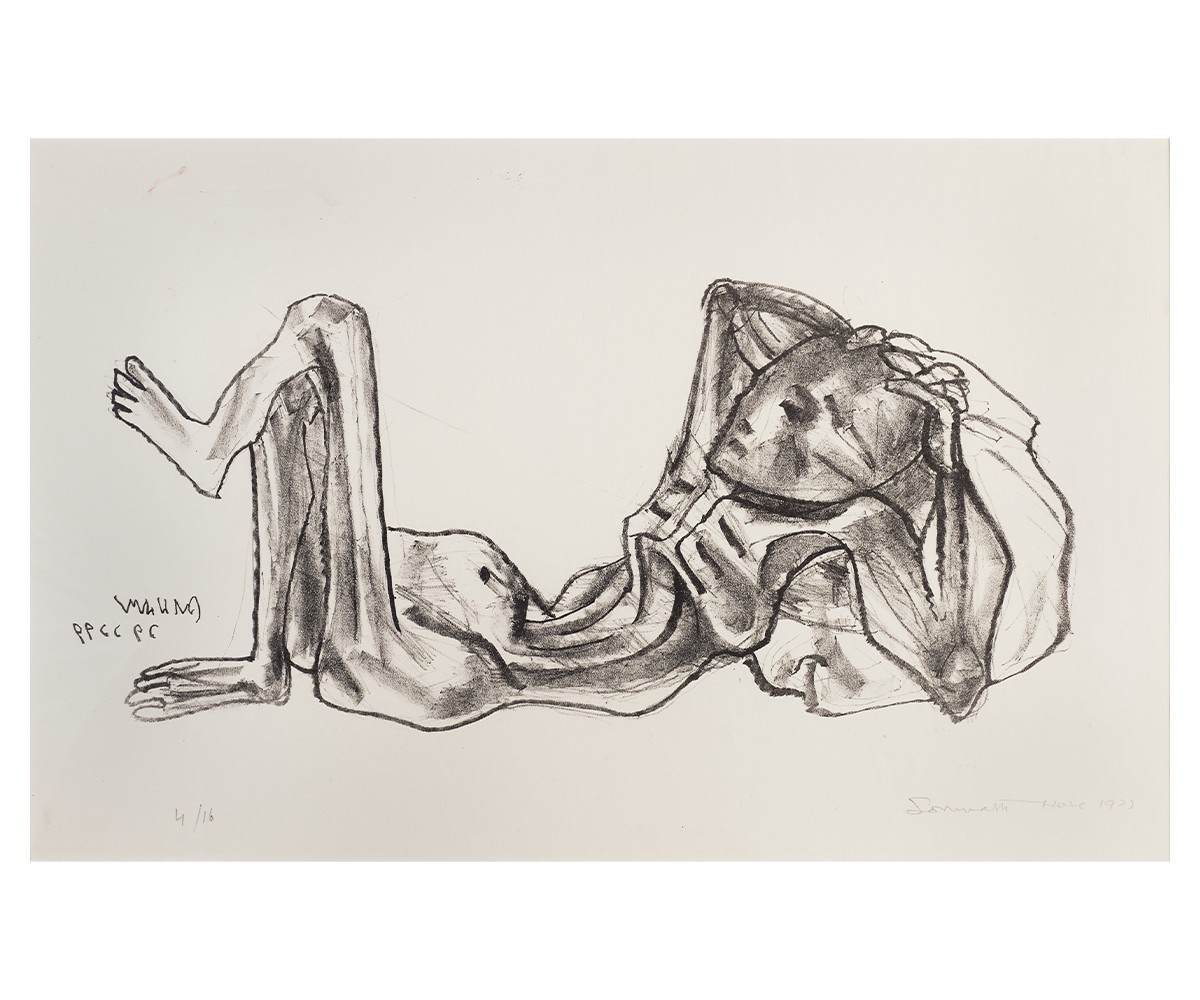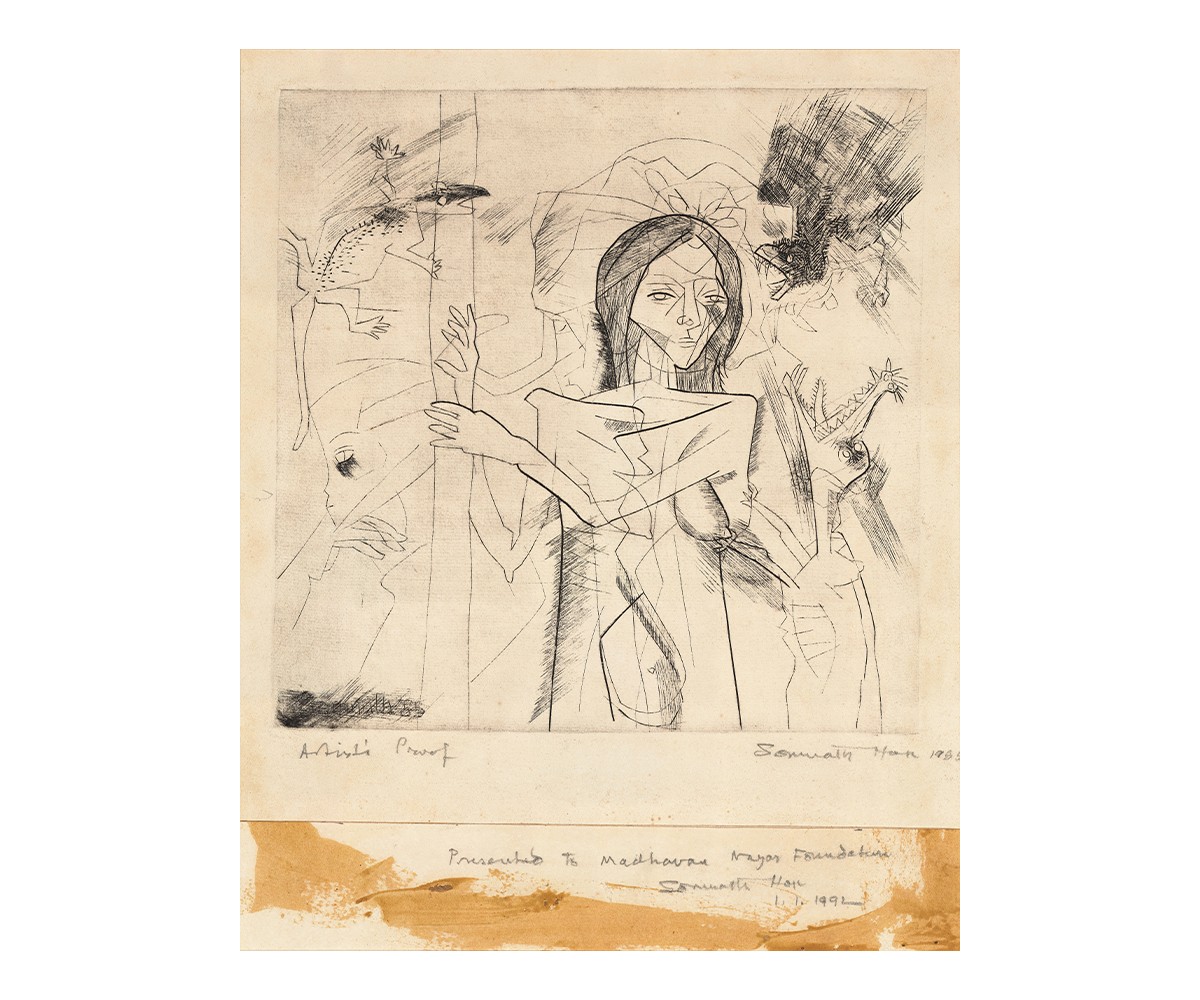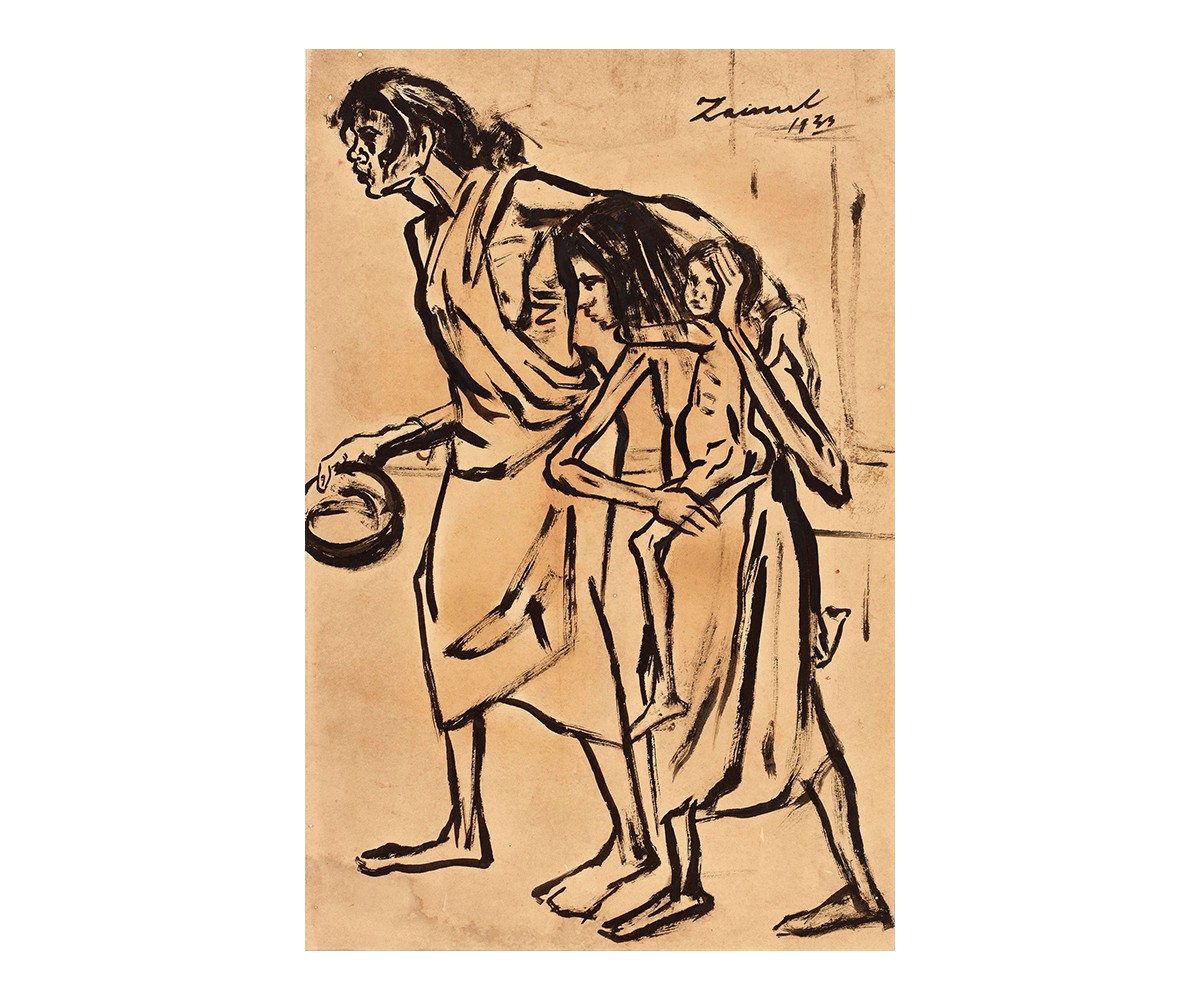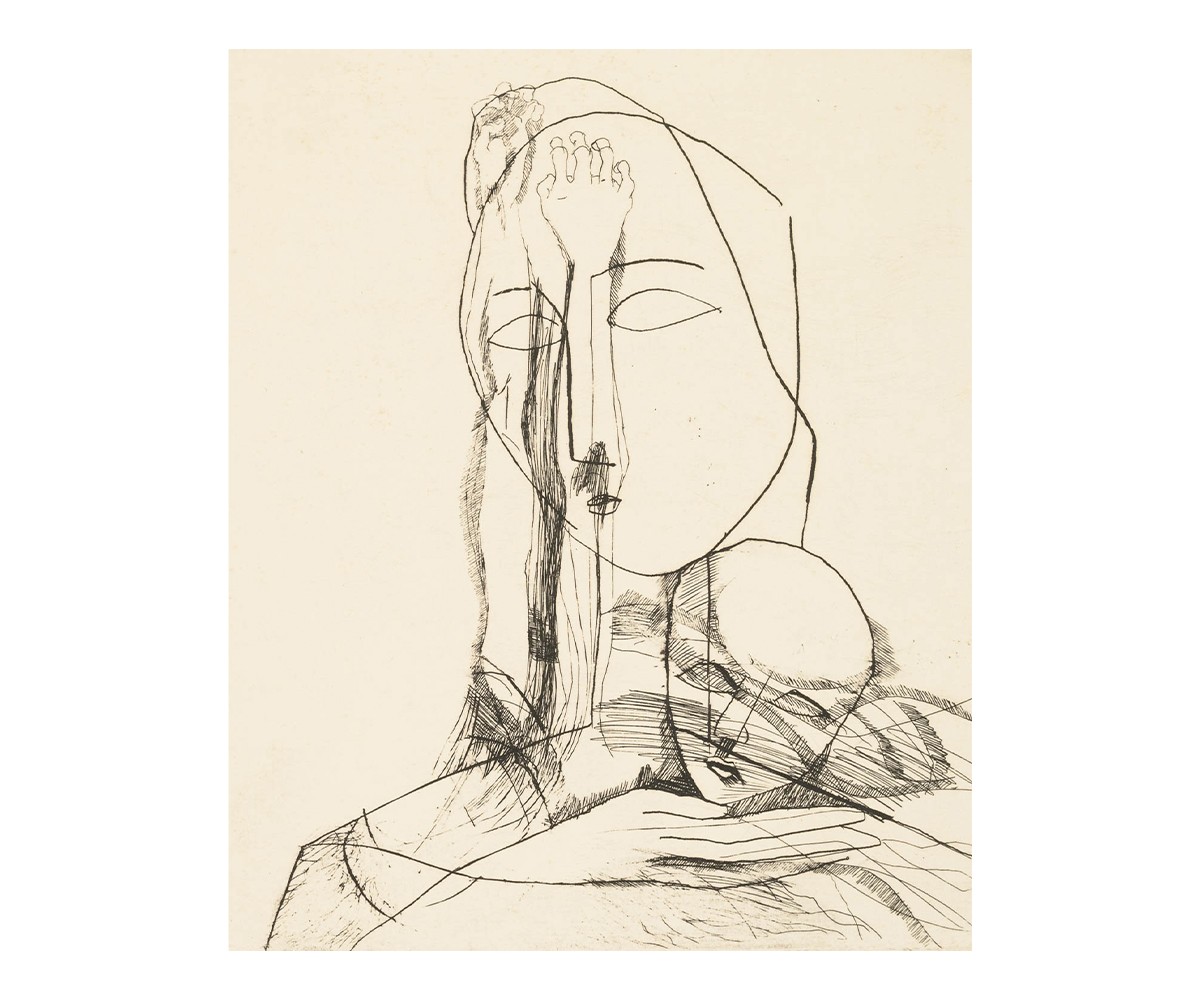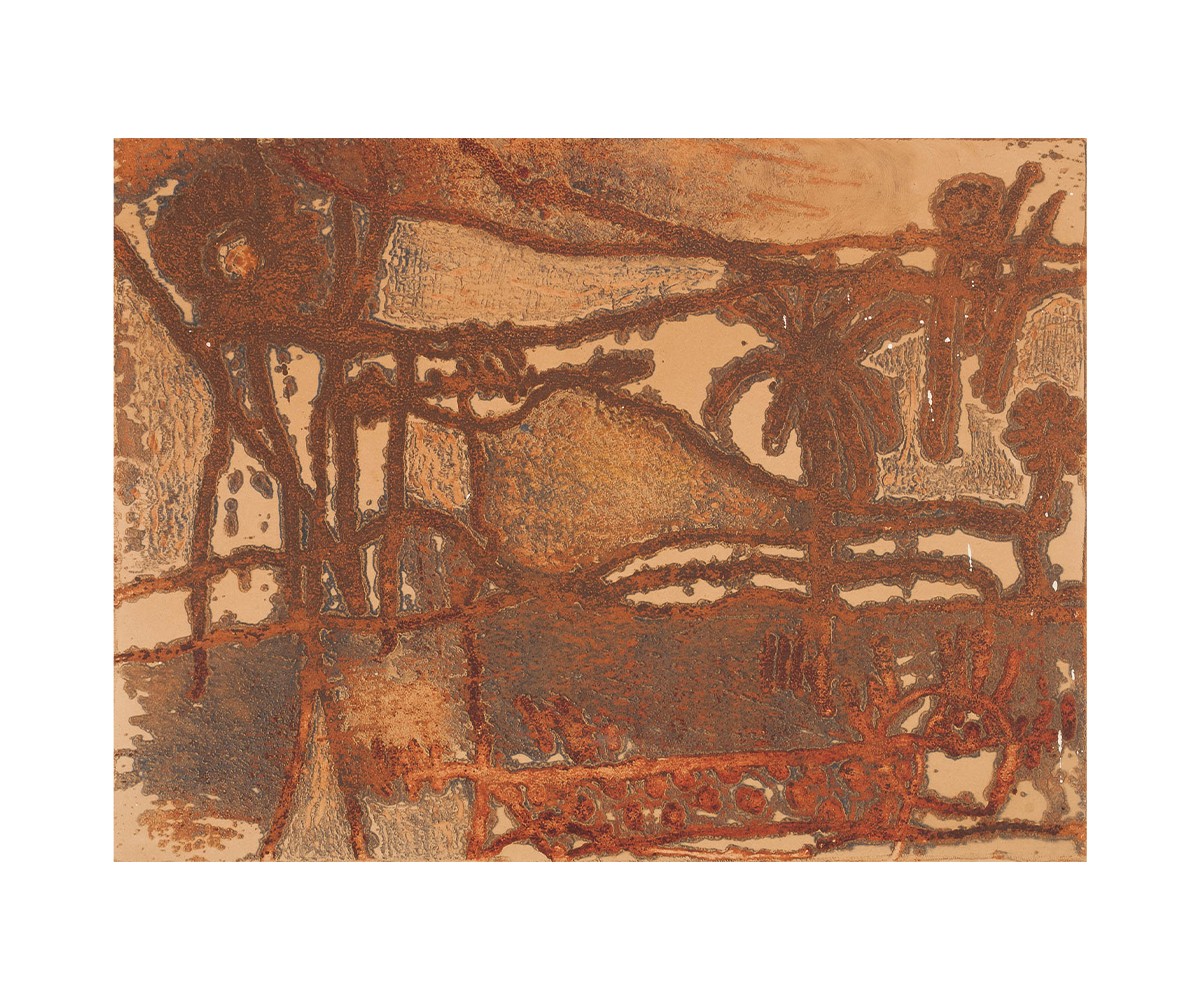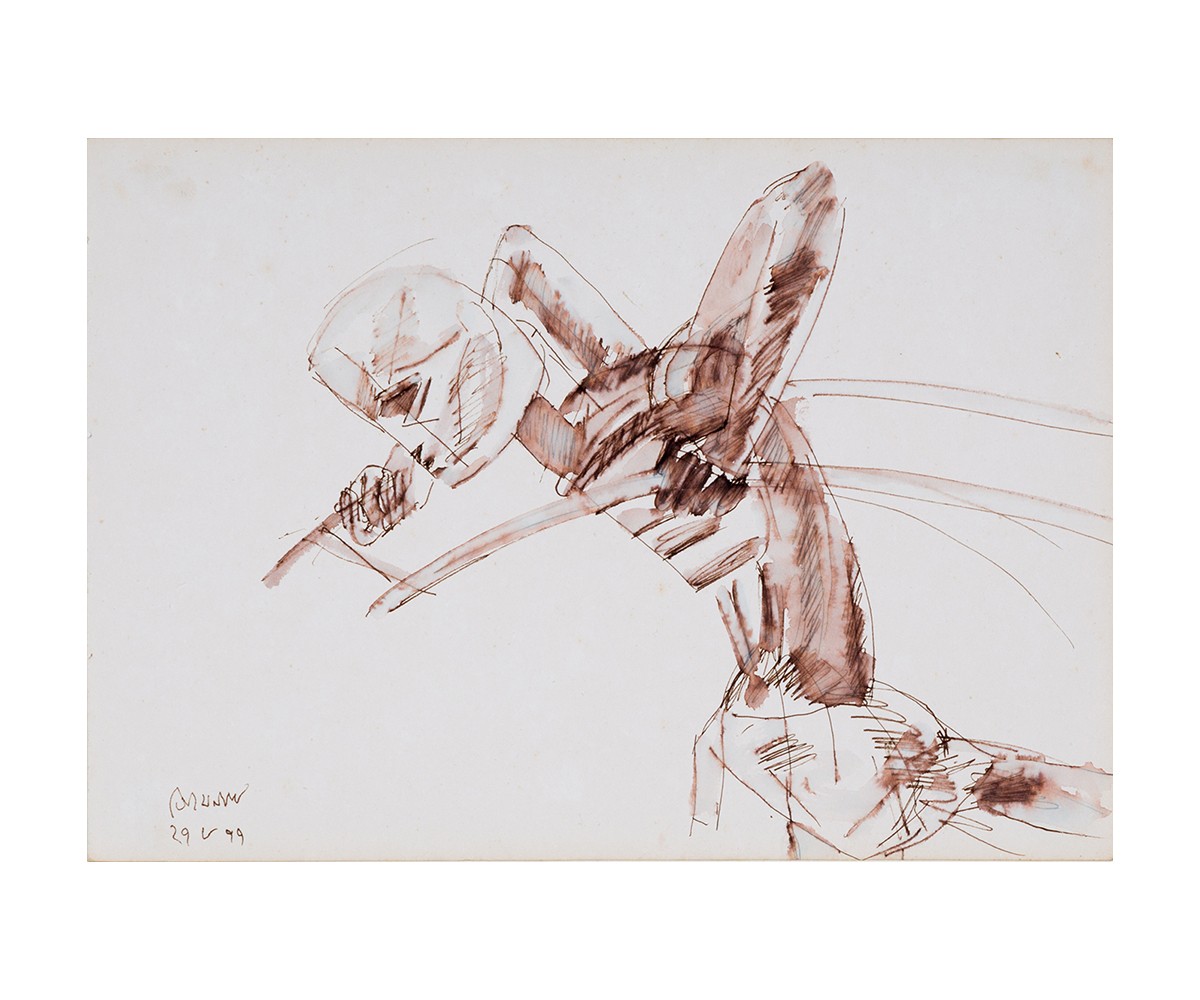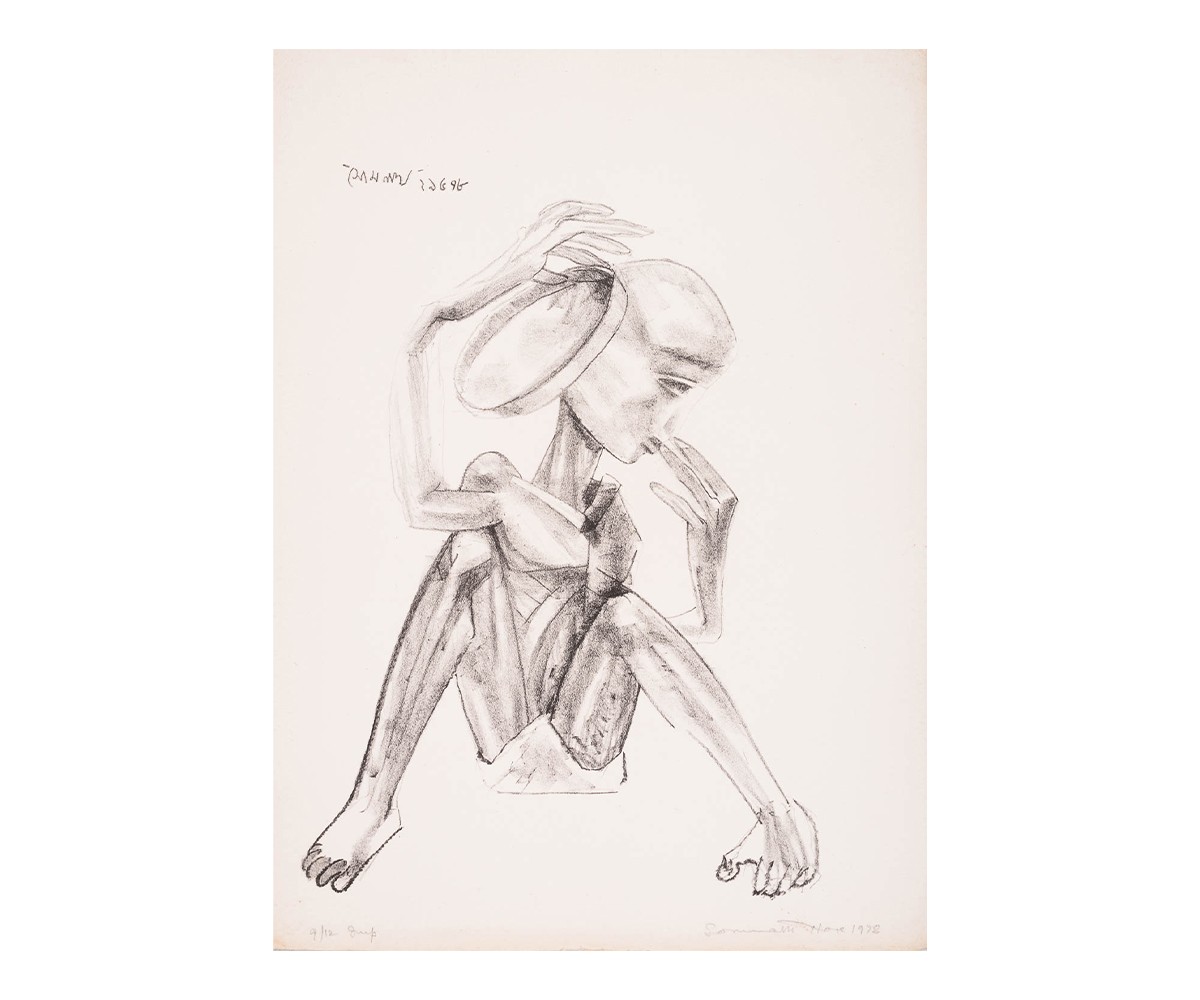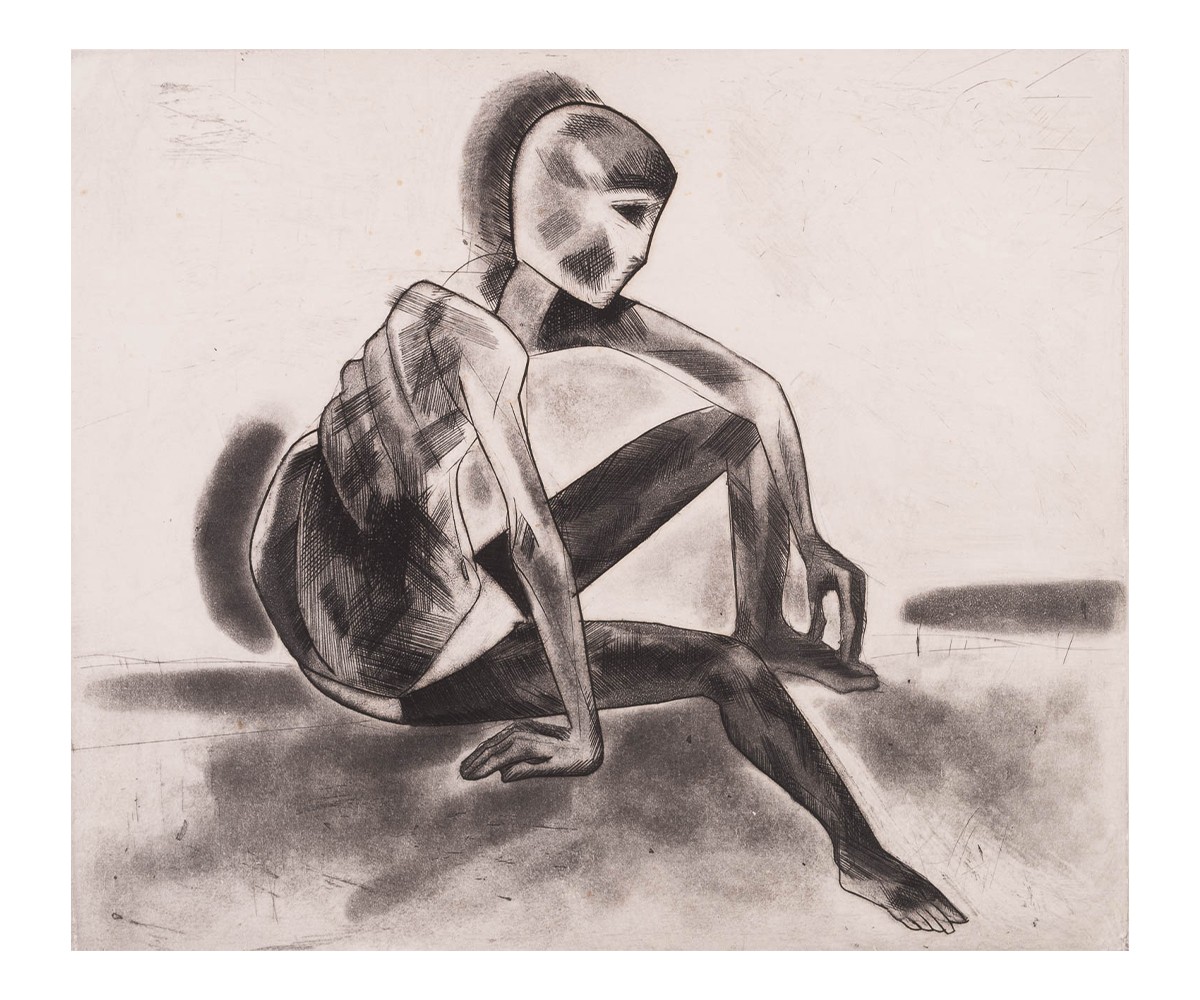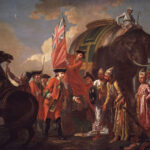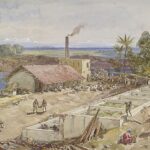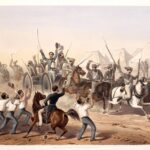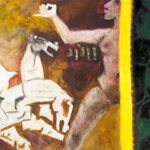The Bengal Famine
1943–1944
The humanitarian crisis wrought by the British government’s political and economic policies in response to Japan’s invasion of Burma and wartime inflation devastates the Bengal region, comprising the modern Indian states of West Bengal and Odisha and the present-day nation-state of Bangladesh. Chittaprosad Bhattacharya and Sunil Janah, who are affiliated with the Communist Party of India at the time, cover the tragedy through their sketches and photographs, alongside other artists including Zainul Abedin, Gobardhan Ash, Somnath Hore and Atul Bose. Janah’s images, printed in the Communist Party journal are converted into postcards and aid relief efforts, even as the British government seizes and destroys 5,000 copies of Bhattacharya’s word-image pamphlet Hungry Bengal, which chronicles his travels through the Bengal region. The artists’ travels and documentation of the disaster shine a light on the tragedy despite the presence of wartime censorship.
Bibliography
Nercam, Nicolas. “The Gentleman, the Craftsman and the Activist: Three Figures of the Sino-Indian Artistic Exchange in Colonial Bengal.” Artl@s Bulletin 5, no. 2 (2016): 22–31.
Singh, Devika. “Indian Art and the Bangladesh War: Somnath Hore, KG Subramanyan and Bhupen Khakhar in a Time of ‘Upheaval and Chaos’.” Third Text 31, no. 2-3 (2017): 459-476.
Sunderason, Sanjukta. Partisan Aesthetics: Modern Art and India’s Long Decolonization. Stanford: Stanford University Press, 2020.
Feedback 
This entry appears in
Art in South Asia
Visit Timeline
Associated Timeline Events
First Published: March 11, 2024
Last Updated: July 2, 2024



